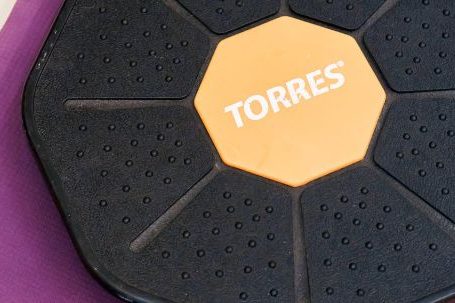Improving cardiovascular fitness is an essential aspect of maintaining a healthy lifestyle. Regular cardio exercises, such as running, cycling, or swimming, can help strengthen the heart, improve lung capacity, and boost overall endurance. But how do you know if you are making progress in your cardiovascular fitness journey? Tracking your progress is crucial as it not only helps you stay motivated but also allows you to make necessary adjustments to your workout routine. In this article, we will explore some effective methods to track your progress in cardiovascular fitness.
Set Goals
Before you start tracking your progress, it is important to set clear and achievable goals. Having specific targets will provide you with a sense of direction and purpose. For example, you might aim to run a certain distance within a certain time frame or be able to cycle uphill without feeling exhausted. By establishing goals, you can measure your progress more effectively.
Keep a Workout Journal
A workout journal can be a valuable tool in tracking your cardiovascular fitness progress. By recording your workouts, you can keep track of the duration, intensity, and type of exercises you perform. Additionally, you can make notes about how you felt during the workout and any milestones you achieved. Over time, you will be able to review your journal and see how far you have come in terms of your fitness level.
Monitor Heart Rate
Monitoring your heart rate is another effective way to track your cardiovascular fitness progress. As you become fitter, your heart rate will become more efficient, meaning it will take less effort for your heart to pump blood around your body. One way to monitor your heart rate is by using a fitness tracker or a heart rate monitor. These devices can provide real-time feedback and help you stay within your target heart rate zone during workouts.
Perform Regular Fitness Tests
Regular fitness tests can provide valuable insights into your cardiovascular fitness progress. There are several tests you can perform, such as the Cooper test, the 1-mile walk test, or the beep test. These tests measure your cardiovascular endurance and can be a great way to gauge your progress over time. By repeating these tests every few months, you can see if you are improving and identify areas that may need more focus.
Track Your Resting Heart Rate
Your resting heart rate, which is the number of times your heart beats per minute when you are at rest, can also serve as an indicator of your cardiovascular fitness. As you become fitter, your resting heart rate tends to decrease. You can easily track your resting heart rate by measuring it first thing in the morning before getting out of bed. By keeping track of your resting heart rate over time, you can observe any changes and evaluate your cardiovascular fitness progress.
Celebrate Milestones
Tracking your progress in cardiovascular fitness is not just about the numbers. It’s also important to celebrate the milestones you achieve along the way. Whether it’s running your first 5k or completing a challenging cycling route, acknowledging your achievements can help boost your motivation and keep you on track. Remember to reward yourself for your hard work and dedication.
In conclusion, tracking your progress in cardiovascular fitness is crucial for maintaining motivation and making necessary adjustments to your workout routine. By setting goals, keeping a workout journal, monitoring your heart rate, performing regular fitness tests, tracking your resting heart rate, and celebrating milestones, you can effectively measure your progress and stay on the path to a healthier, fitter you. So, lace up your sneakers, grab your fitness tracker, and start tracking your way to improved cardiovascular fitness.





